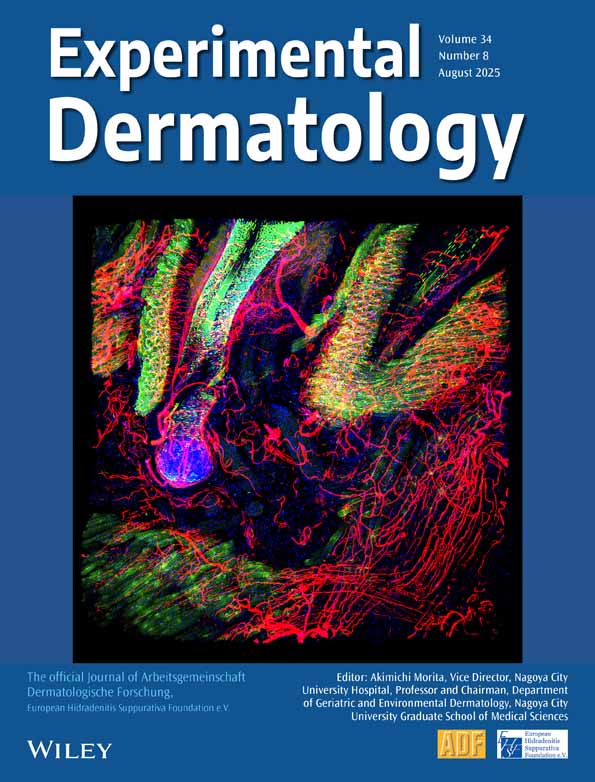The role of accessory proteins in melanocortin receptor signaling
Abstract
Switching from eumelanin to pheomelanin synthesis during hair growth is accomplished by transient synthesis of agouti protein, an inverse agonist for the melanocortin 1 receptor (Mc1r). The ability of agouti to signal via the Mc1r requires two additional genes, Attractin (Atrn) and Mahogunin (Mgrn1), which encode a type I transmembrane protein and an E3 ubiquitin ligase, respectively. Atrn and Mgrn1 are genetically upstream of the Mc1r, but transgenic and biochemical studies indicate that all three genes act in a melanocyte-autonomous manner. To gain additional insight into pigment-type switching, we have carried out biochemical and cell biologic studies which suggest that Mgrn and Atrn are part of a conserved biochemical and genetic pathway that acts to regulate Mc1r-dependent signaling. We have also used an additional genetic model system based on coat color in dogs, in which we find that dominant inheritance of black coat color is caused neither by Mc1r nor by agouti, but instead maps to a region not previously implicated in pigmentation genetics.




